Prosecco, an Italian delightful, sparkling wine
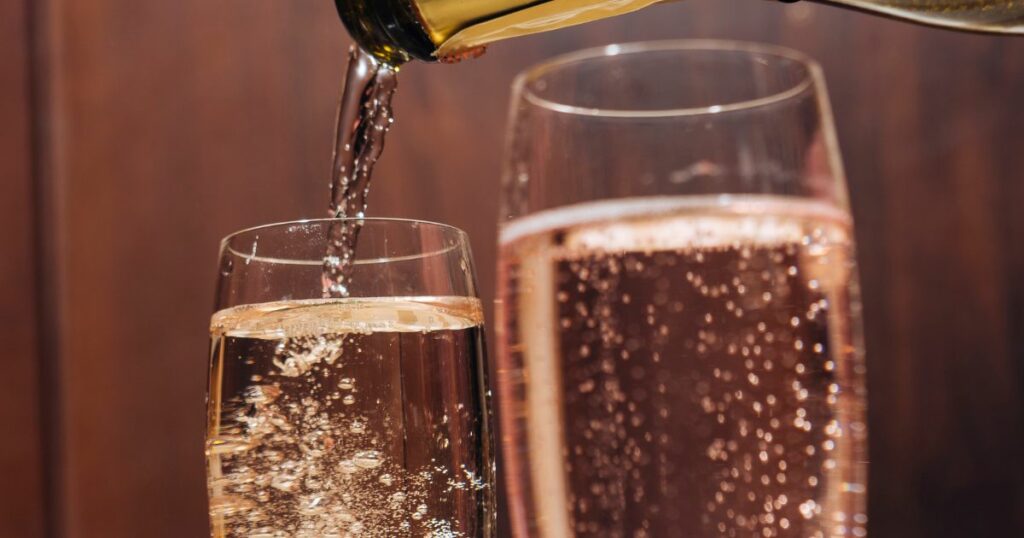
Prosecco is an Italian sparkling wine that has gained immense popularity in recent years. It is made from the Glera grape, which is grown in the Veneto and Friuli Venezia Giulia regions of Italy. Prosecco is known for its fruity and floral aromas, its light body, and its delicate bubbles. Unlike Champagne, Prosecco is typically fermented only once, in stainless steel tanks. This method of production results in a wine that is less complex and less expensive than Champagne.
Franciacorta; sparkling wine from Lombardy
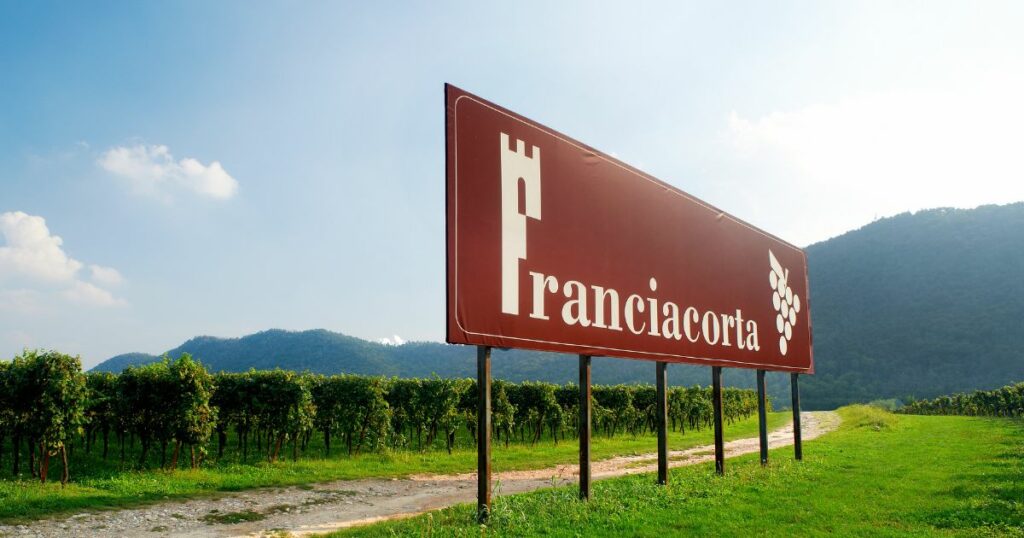
A luxurious Metodo Classico sparkling wine from the Lombardy region of Italy, made a blend of Chardonnay and Pinot Nero and Pinot Bianco grapes. The wine undergoes a secondary fermentation in the bottle and is aged for a minimum of 18 months and is known for its elegant bubbles and rich, complex flavors. Franciacorta is known for its aromas of bread crust, almond, and white flowers, and its flavors of apple, pear, and citrus. It is a versatile wine that pairs well with a variety of foods, including seafood, white meats, and pasta dishes.
Cap Classique, a South-African bubbly

Cap Classique is a traditional method sparkling wine produced in South Africa. It is typically made from Chardonnay and Pinot Noir grapes, although other varieties such as Pinotage, Chenin Blanc, and Sauvignon Blanc may be used as well. The wine is aged on the lees for a minimum of 12 months, resulting in a wine with fine, persistent bubbles and complex flavors. Cap Classique is known for its crisp acidity and notes of citrus, green apple, and brioche, and may also exhibit flavors of red berries and toasted nuts. It is a versatile wine that pairs well with a range of foods, including seafood, poultry, and Asian cuisine. Cap Classique is also becoming increasingly recognized on the international stage, with many producers winning awards and gaining critical acclaim for their high-quality wines.
Cava; a Spanish classic
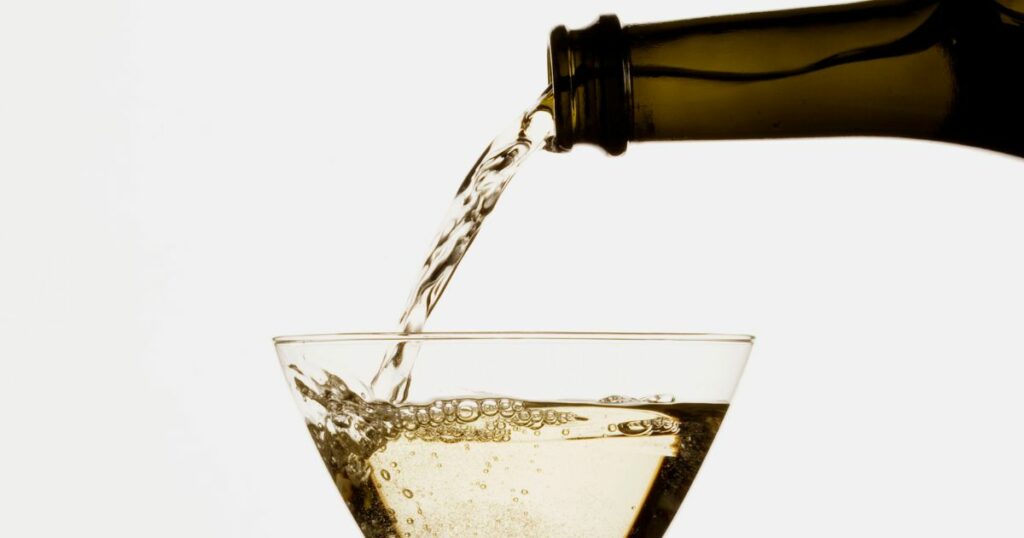
Cava is a Spanish sparkling wine that is made in the traditional method, just like Champagne. It is produced in the Penedès region of Catalonia using a blend of grape varieties that includes Macabeo, Parellada, and Xarel-lo. Cava is characterized by its fine bubbles, its crisp acidity, and its flavors of citrus and apple. Cava is also less expensive than Champagne, making it an excellent choice for those who want to enjoy a quality sparkling wine without breaking the bank.
Crémant, regional sparkling wines

Crémant is a type of French sparkling wine that is produced in many regions throughout the country, including Alsace, Bordeaux, Burgundy, and the Loire Valley. Crémant is made using the same method as Champagne, and it is aged for a minimum of nine months. Crémant is typically made from a blend of grape varieties that differ depending on the region, but it often includes Chardonnay, Pinot Noir, and Chenin Blanc. Crémant is known for its fine bubbles, its crisp acidity, and its flavors of fruit and toast.
Blanquette de Limoux, the pioneers
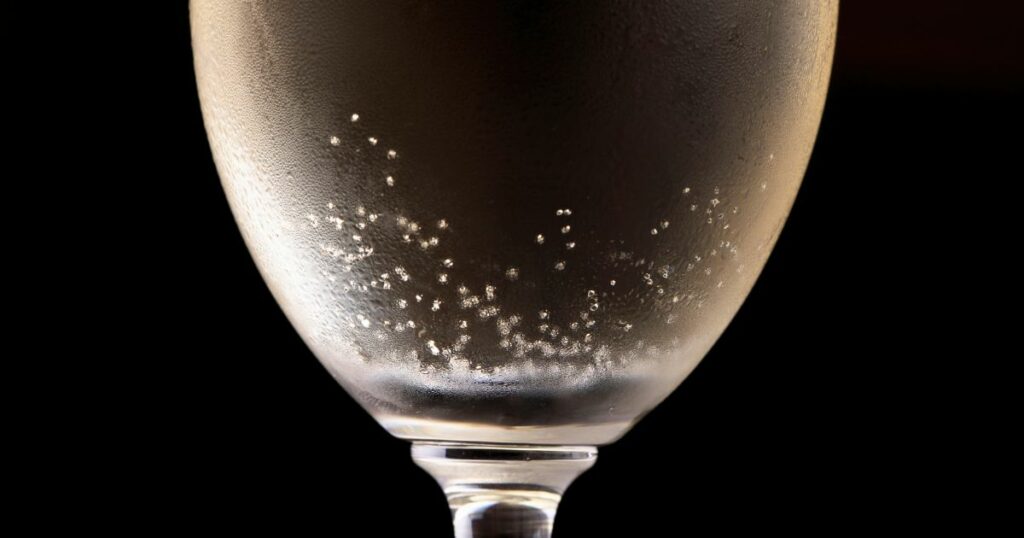
Blanquette de Limoux is a traditional method sparkling wine produced in the Limoux region of southwestern France. It is typically made from the Mauzac grape variety, although other grape varieties such as Chardonnay and Chenin Blanc may be used as well. The wine undergoes a secondary fermentation in the bottle and is aged on the lees for a minimum of nine months, resulting in a wine with fine, delicate bubbles and flavors of green apple, lemon, and citrus. Blanquette de Limoux is also known for its minerality and subtle notes of toast and honey. It is a versatile wine that pairs well with a range of foods, including seafood, poultry, and light pasta dishes. In addition to its crisp acidity and refreshing flavors. Limoux is known for being the birthplace of sparkling wines, having started their production a century well before the Champagne region.
Sekt; sparkling wine from Germany
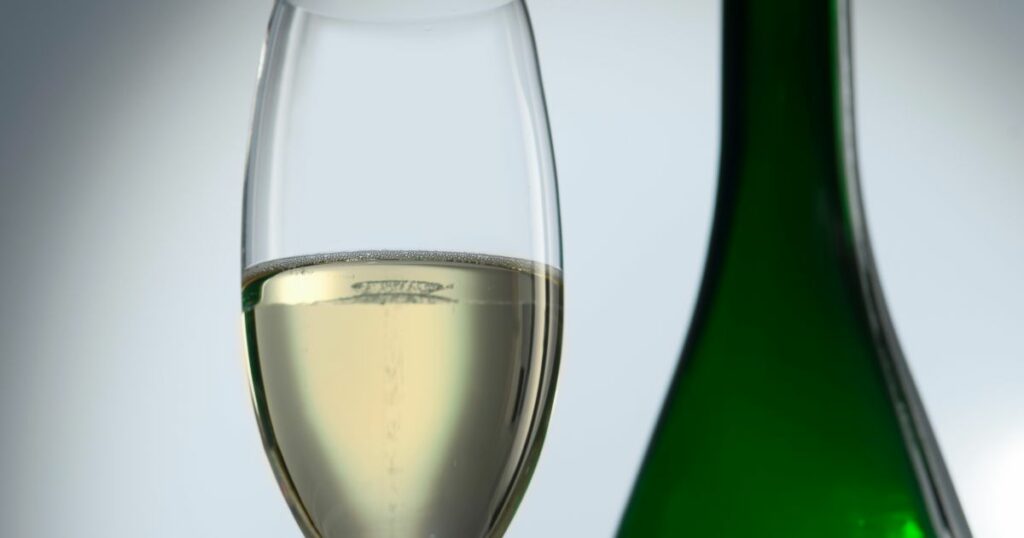
Sekt is a German sparkling wine that is made using the same method as Champagne, but with a German twist. Sekt is typically made from the Riesling grape, which is grown in the Mosel, Rheingau, and Pfalz regions of Germany. Sekt is known for its lively bubbles, its floral aromas, and its flavors of citrus and peach. Sekt is typically less expensive than Champagne, making it an excellent choice for those who want to enjoy a quality sparkling wine at an affordable price.
Another Italian bubbly: Metodo Classico
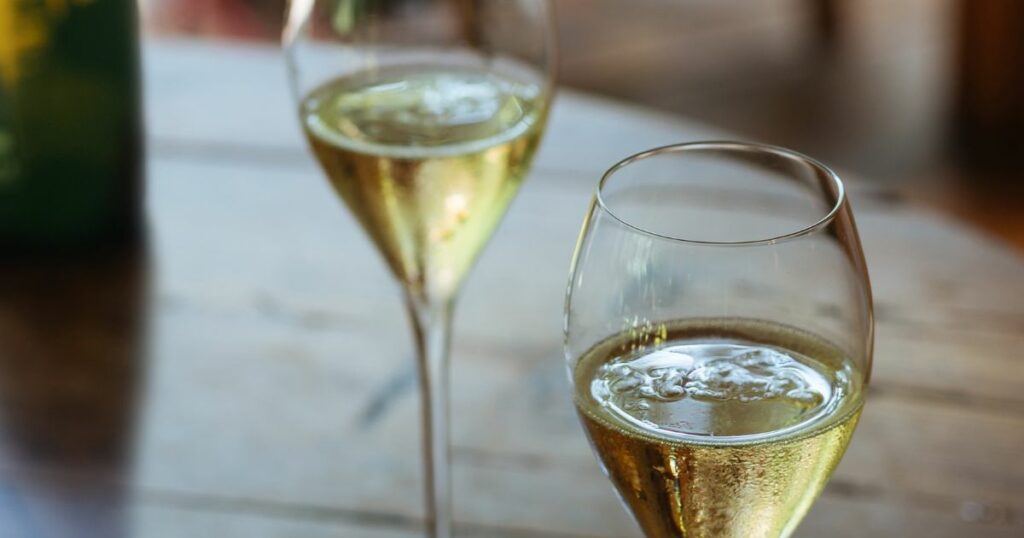
Metodo Classico is an Italian sparkling wine that is made using the same method as Champagne. It is produced in various regions throughout Italy, including Franciacorta, Trentino, and the Veneto. Metodo Classico is typically made from Chardonnay and Pinot Noir grapes, and it is known for its fine bubbles, its complex flavors, and its crisp acidity. Metodo Classico is aged for a minimum of 24 months, which results in a wine that is more complex and more expensive than Prosecco.
Espumante
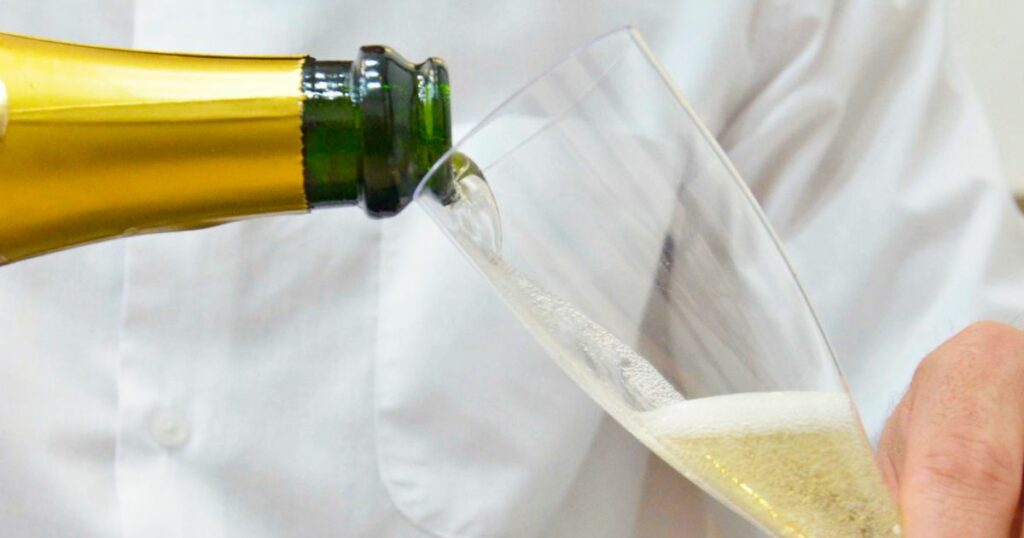
Espumante is a traditional method sparkling wine produced in Portugal. It can be made from a variety of grape varieties, including Arinto, Baga, and Touriga Nacional. The wine undergoes a secondary fermentation in the bottle and is aged on the lees for a minimum of nine months, resulting in a wine with creamy, persistent bubbles and fresh, fruity flavors. Espumante is known for its crisp acidity and aromas of citrus, peach, and apricot. Some varieties may also exhibit more complex flavors of almond, honey, and brioche. Espumante is a versatile wine that pairs well with a variety of foods, including seafood, white meats, and light pasta dishes. It is also an excellent value compared to other traditional method sparkling wines, making it a great option for those looking for a high-quality wine at an affordable price.
Tasmanian Sparkling Wine
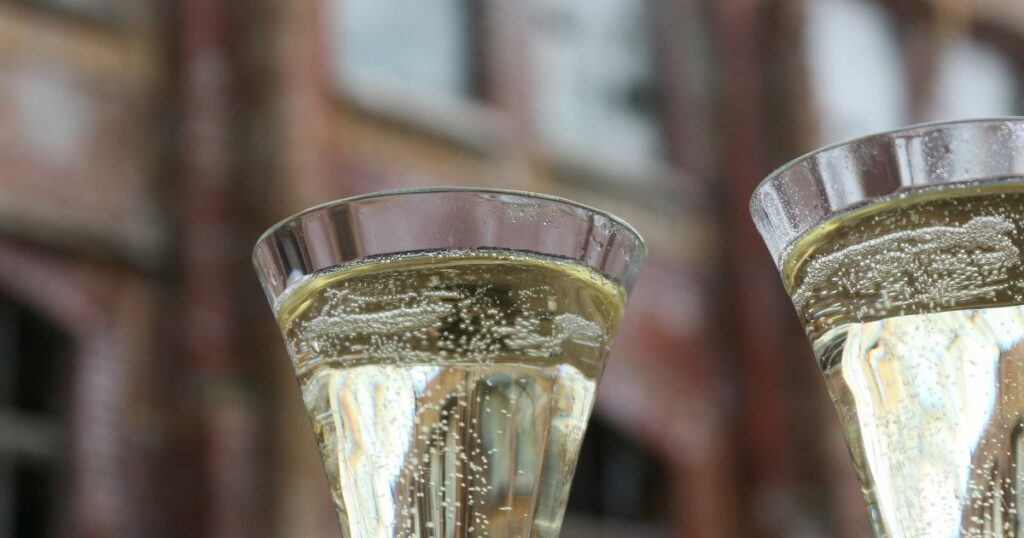
Tasmanian sparkling wine is a high-quality sparkling wine produced in Tasmania, an island state of Australia located south of the mainland. The cool climate and fertile soil of Tasmania are ideal for growing Chardonnay and Pinot Noir grapes, which are the primary grape varieties used to make Tasmanian sparkling wine. The wine is produced using the traditional method, which involves a secondary fermentation in the bottle and aging on the lees for a minimum of 12 months. This process creates a wine with fine, persistent bubbles and complex flavors of apple, citrus, and brioche.
Tasmanian sparkling wine has gained international recognition for its quality, with many producers winning awards and gaining critical acclaim for their wines. The wine is known for its elegance, finesse, and freshness, which are attributed to the cool climate and maritime influence of Tasmania. Tasmanian sparkling wine is a versatile wine that pairs well with a range of foods, including seafood, white meats, and creamy pasta dishes. It is also a great alternative to Champagne, offering a unique flavor profile and exceptional value for its quality. If you are looking for a premium sparkling wine that offers something different and exciting, Tasmanian sparkling wine is definitely worth exploring.
In conclusion
In conclusion, the world of sparkling wines is vast and varied, with each region producing unique wines that reflect their terroir, grape varieties, and production methods. From the elegant bubbles and complex flavors of Champagne to the fresh and fruity aromas of Prosecco, there is a sparkling wine for every occasion and palate. Whether you prefer a dry and crisp wine or a sweeter option, there is no denying the magic of a perfectly chilled bottle of sparkling wine. So why not raise a glass and celebrate life’s special moments with the effervescence and joy that only a glass of sparkling wine can bring. Cheers!
𐡸 𐡸 𐡸 𐡸 𐫱 𐡷 𐡷 𐡷 𐡷
Frequently asked questions
Champagne is a type of sparkling wine, but not all sparkling wines are Champagne. Champagne is produced exclusively in the Champagne region of France using a specific blend of grape varieties and a specific production method. Other sparkling wines may be made using different grape varieties and different production methods, such as the Charmat method used to make Prosecco.
Sparkling wine is best served chilled, between 40-50°F (4-10°C). It is important to avoid freezing the wine or serving it too warm, as this can affect the taste and aroma. To open a bottle of sparkling wine, hold the cork firmly and twist the bottle, not the cork, to gently release the pressure. Pour the wine slowly into a flute glass to preserve the bubbles.
Yes, sparkling wine is a versatile wine that can be paired with a variety of foods. Champagne pairs well with rich, creamy dishes such as caviar or lobster, while Prosecco pairs well with light, fresh dishes such as salads or seafood. Cava and other sparkling wines can be paired with a range of foods, including tapas, grilled meats, and spicy dishes.
Sparkling wine has a shorter shelf life than still wine due to its carbonation. Once opened, it is best consumed within 1-3 days to ensure maximum freshness and optimal flavor. However, unopened sparkling wine can last for several years, depending on the type and quality. Non-vintage sparkling wines are typically best consumed within 1-2 years of release, while vintage sparkling wines can age for 5-10 years or more.
Proper storage is essential to ensure the longevity and quality of sparkling wine. Sparkling wine should be stored in a cool, dark place away from light, heat, and vibrations. The ideal temperature range is between 45-55°F (7-13°C), with a humidity level of 70-80%. Store the bottle horizontally to keep the cork moist and prevent it from drying out. Once opened, reseal the bottle tightly with a cork or sparkling wine stopper and store it in the refrigerator to slow down the loss of carbonation.



